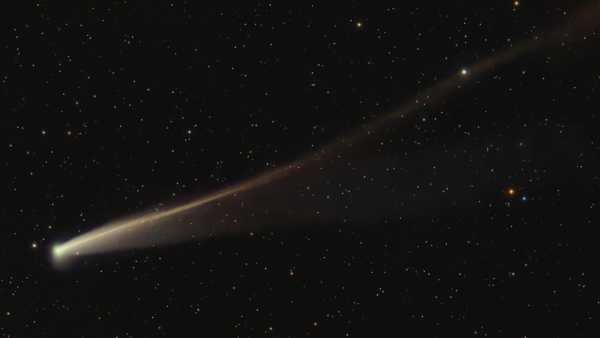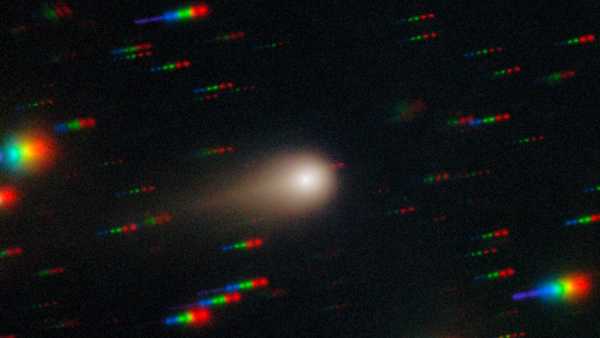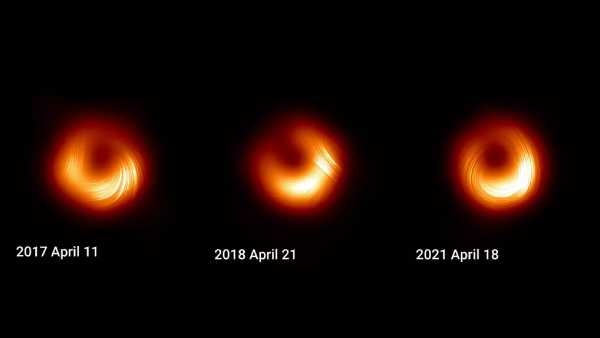
Changes in the magnetic field of the black hole M87* are visible in three images taken in 2017, 2018, and 2021. (Image credit: EHT Collaboration)
New images of its dramatically changing environment show that one of the first images ever taken of a black hole is even stranger than we thought.
The object, known as M87*, experienced unexpected changes in its magnetic fields, which show up in polarized light, meaning light waves oriented in the same way (such as vertically or horizontally).
You may like
-

X-ray telescope finds something unexpected in the 'heartbeat of a black hole'
-
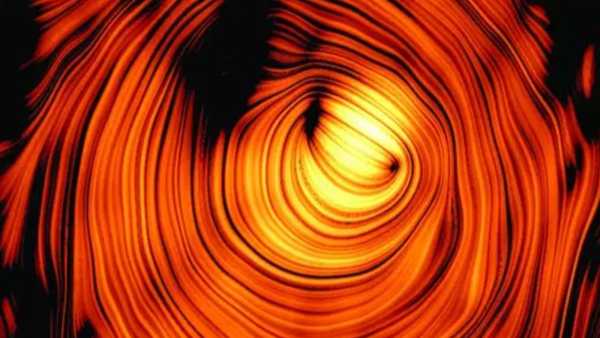
A giant cosmic “Eye of Sauron” has been captured pointed directly at us in a stunning 15-year-old time-lapse image.
-
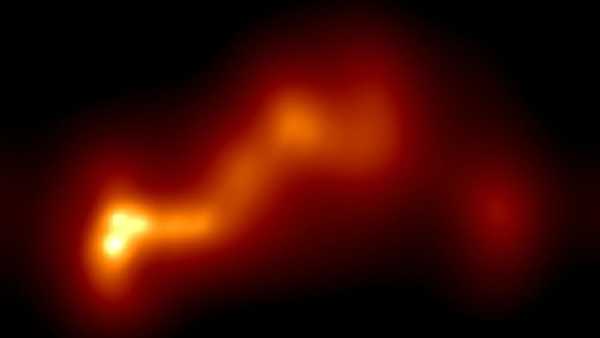
Exotic 'blazar' is part of the most extreme binary black hole system ever discovered, warped jet suggests.
“With just three images of M87*, we're only just beginning to unravel the galaxy's deep mysteries, but we're confident we can,” Sebastiano von Fellenberg, then a research fellow at Germany's Max Planck Institute for Radio Astronomy (MPIfR), told Live Science in an email.
A black hole comes to light
Images of M87* were taken in 2017, 2018, and 2021 by the Event Horizon Telescope (EHT) collaboration—a global network of radio telescopes that recently added two new observatories in Arizona and France. As its name suggests, the black hole resides at the center of the galaxy Messier 87 (M87), 55 million light-years from Earth.
Now, the EHT, in collaboration with MpiFR, is tracking the “dynamic environment” surrounding the black hole by analyzing these three images, the consortium said in a press release.
M87* is quite massive, more than six billion times the mass of the Sun. New polarization data provides scientists with insight into the structure and strength of the magnetic fields around it.
According to theory, the magnetic fields of supermassive black holes are contained in a disk of plasma (superheated gas) surrounding the black hole. These rotating fields form “magnetic towers” filled with incredible energy.
This energy, in turn, pushes matter along jets stabilized by magnetic fields and moving at speeds close to the speed of light. These jets originate from a small region around the black hole, but still have a significant impact on star formation and energy distribution within the galaxy, which in turn plays a crucial role in its evolution.
You may like
-
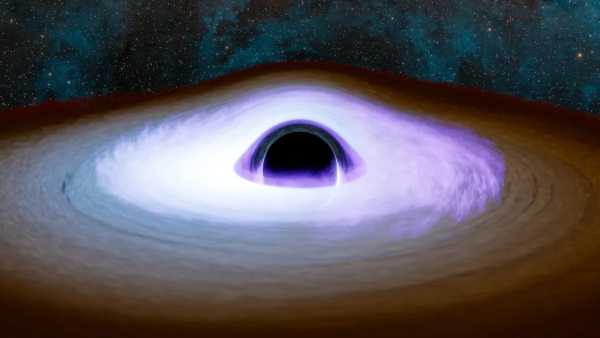
X-ray telescope finds something unexpected in the 'heartbeat of a black hole'
-
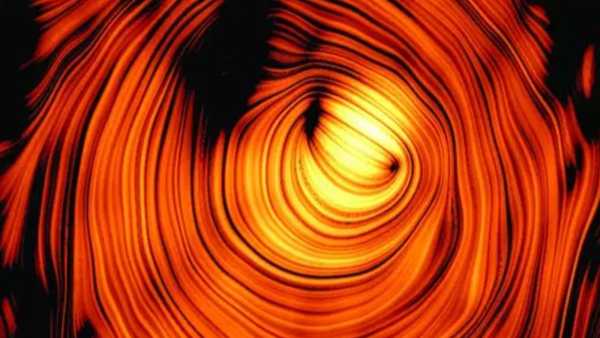
A giant cosmic “Eye of Sauron” has been captured pointed directly at us in a stunning 15-year-old time-lapse image.
-
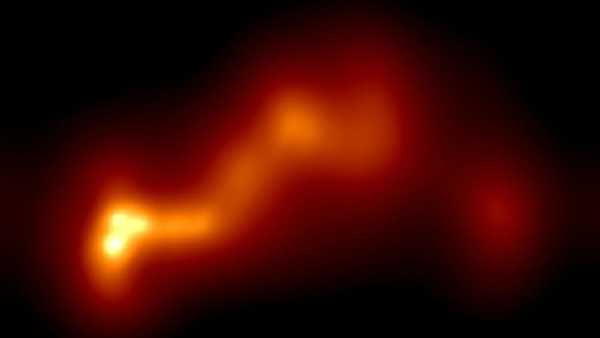
Exotic 'blazar' is part of the most extreme binary black hole system ever discovered, warped jet suggests.
Von Fellenberg, now a research fellow at the Canadian Institute for Theoretical Astrophysics at the University of Toronto, said there are two main takeaways from the work: the polarization is highly variable, but the overall intensity images (topographic images) of M87* remain consistent.
“Both of these results are expected to varying degrees,” he explained. The overall intensity is related to the black hole's gravitational potential, which shouldn't have changed much over the few years the images were taken.
But polarization, he added, “traces the state of the matter and magnetic field in the accretion flow—and, to some extent, along the base of the jet.” Therefore, von Fellenberg said, “the changes we observe imply that each image captures a different state of these properties, which is consistent with theoretical predictions.”
A sharp shift
A major surprise was the polarization measurement obtained in 2021, called the β₂ angle. Compared to previous measurements in 2017 and 2018, this measurement “had changed so dramatically that it no longer corresponded to the electromagnetic energy flux of previous years,” von Fellenberg said.
Or, as officials put it in a press release, the polarization pattern “switched direction” between the three images: the magnetic fields twisted in one direction in 2017, stabilized in 2018, and then reversed in 2021.
RELATED STORIES
— Time-lapse footage of the first black hole ever discovered shows matter orbiting it.
— The giant black hole M87 is spinning at 80% of the ultimate cosmic velocity and is attracting matter even faster.
Astronomers have recorded a gigantic explosion from the first ever photographed black hole.
Scientists are trying to explain why this happened. They know from physics that this discrepancy can only be explained if there are no additional polarization changes caused by electrons or matter along the line of sight, known as external Faraday rotation.
This leaves the team with four possible explanations: a change in the underlying structure of the magnetic field, a change in the degree of Faraday rotation, an evolving contribution from different emitting regions (such as a disk or jet), or a combination of the first three factors.
Black Hole Quiz: How Much Do You Know About the Universe?

Elizabeth Howell, Live Science contributor
Elizabeth Howell served as a staff writer for Space.com from 2022 to 2024 and was a regular contributor to Live Science and Space.com from 2012 to 2022. Elizabeth's reporting includes numerous exclusive interviews with the White House, several appearances on the International Space Station, observing five human spaceflight launches on two continents, parabolic flights, working in a spacesuit, and participating in a simulated Mars mission. Her latest book, “Why Am I Taller?” (ECW Press, 2022), was co-authored with astronaut Dave Williams.
You must verify your public display name before commenting.
Please log out and log back in. You will then be asked to enter a display name.
Exit Read more
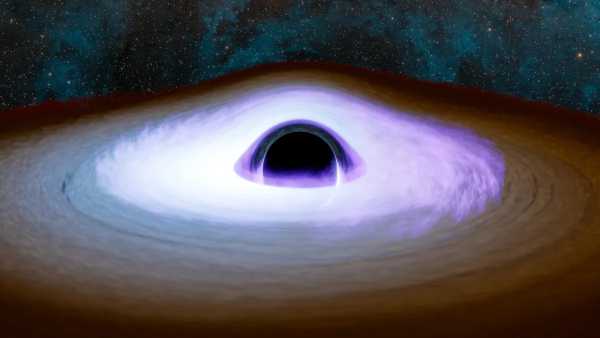
X-ray telescope finds something unexpected in the 'heartbeat of a black hole'

A giant cosmic “Eye of Sauron” has been captured pointed directly at us in a stunning 15-year-old time-lapse image.

Exotic 'blazar' is part of the most extreme binary black hole system ever discovered, warped jet suggests.
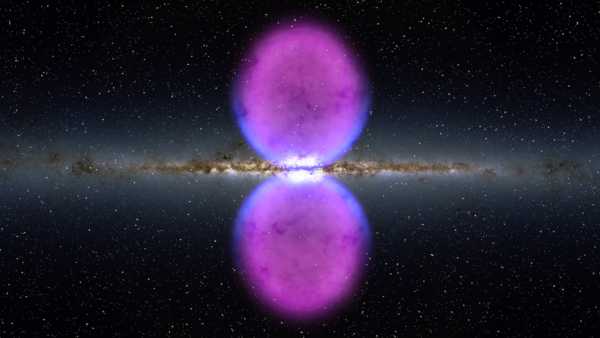
Ice cube-shaped clouds discovered at the center of a galaxy shouldn't exist – and they hint at a recent black hole explosion.
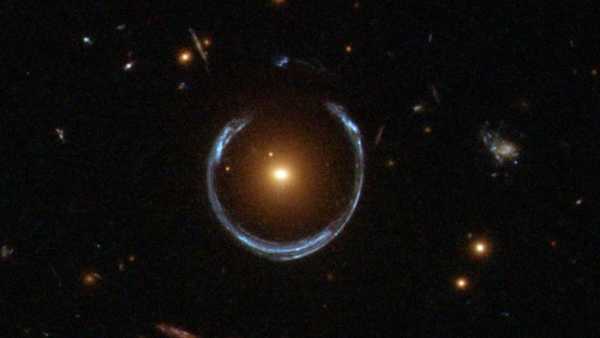
The colossal black hole, with a mass 36 billion times that of our Sun, is one of the largest ever observed in the Universe.
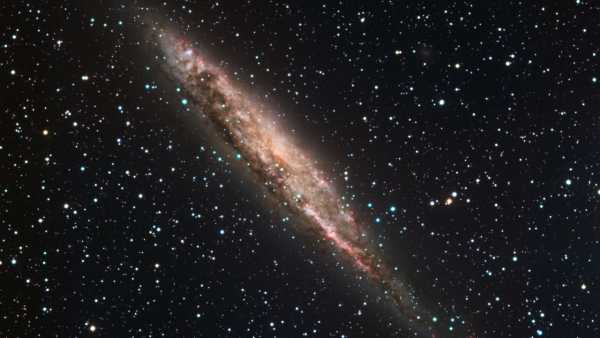
Scientists may have discovered a powerful new space object: “It doesn't fit into any known category.”
Latest news about black holes
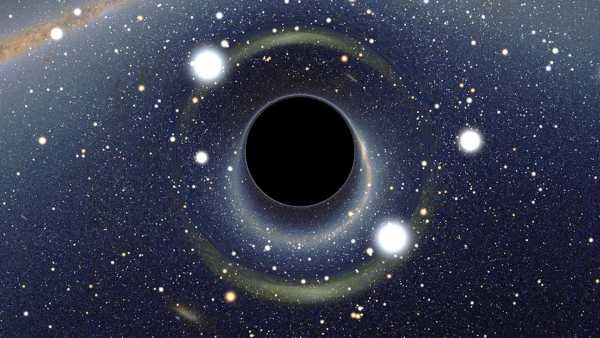
Physicists say there is a 90% chance that a black hole will explode within a decade.
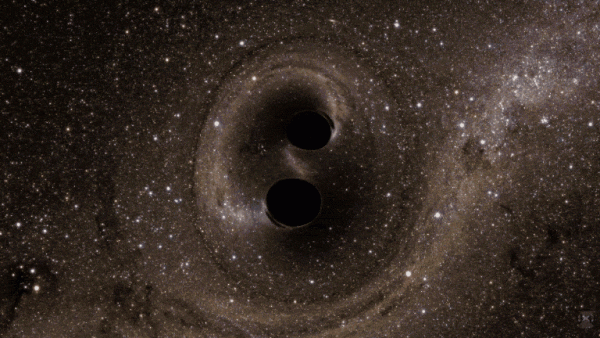
Scientists have measured for the first time the “birth shock” that sent a small black hole into space.

History of Science: Gravitational Waves Discovered, Proving Einstein Right – September 14, 2015
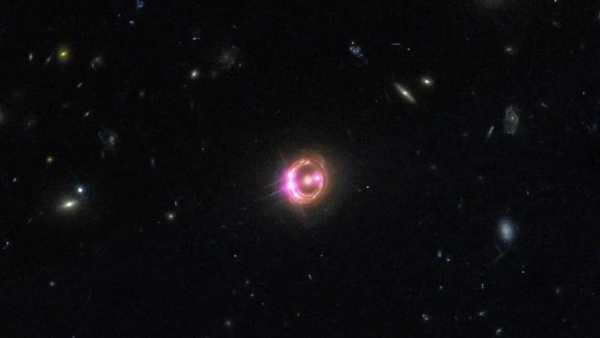
Astronomers use rare 'double zoom' to view black hole's corona in unprecedented detail

Confirmed! The merger of black holes confirms the correctness of Stephen Hawking's theory.
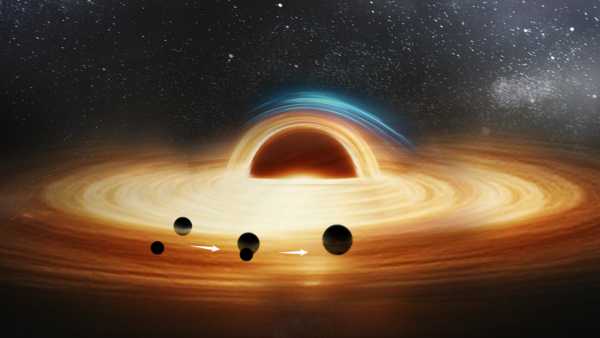
Scientists believe they have discovered the first known triple black hole system in the Universe and then watched it die.
Latest news
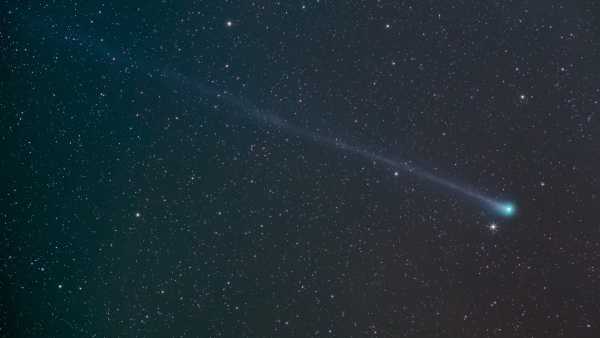
Watch the sky! This October, you'll be able to see two bright comets on the same night during a meteor shower.
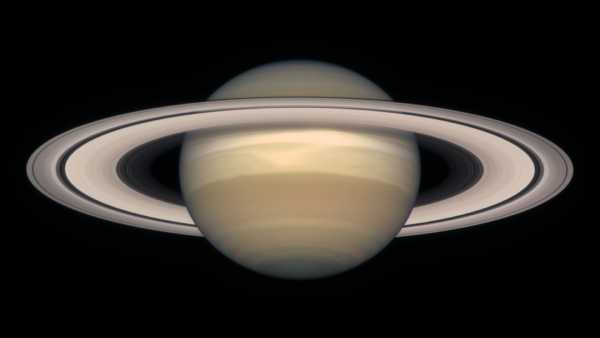
Saturn will be at its brightest and largest on September 21—here's how to see it.
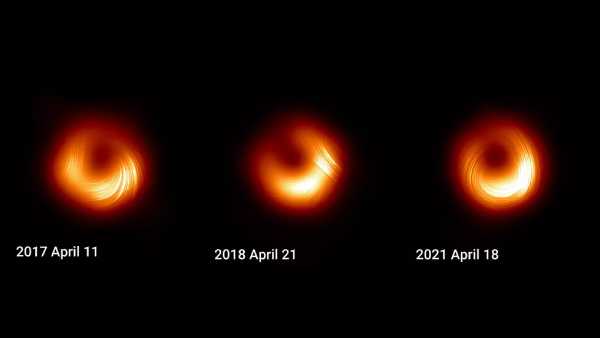
The first black hole ever directly photographed has changed dramatically in just four years, according to a new study.
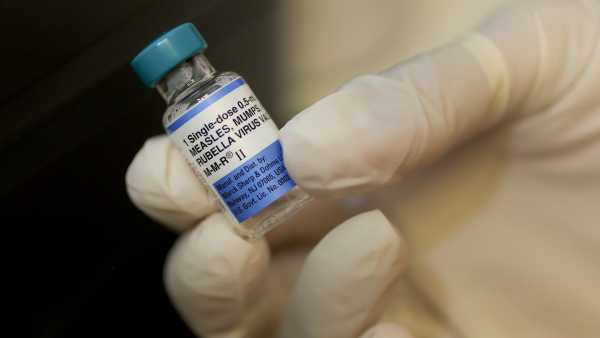
CDC committee votes to change measles vaccination recommendations for young children
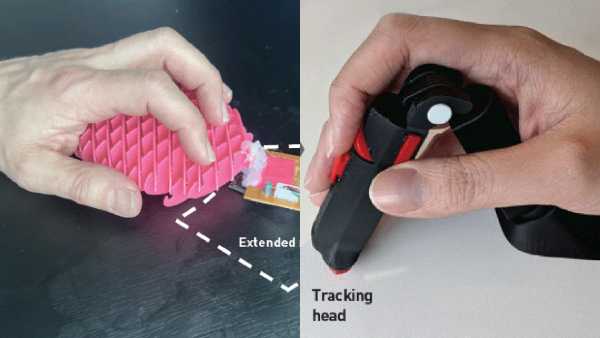
Goodbye, computer mouse? Scientists say innovative new designs can reduce the risk of wrist injuries.
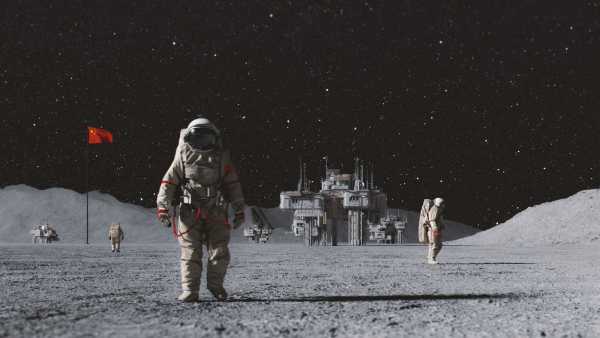
A new report warns that China could overtake the United States to become the leading power in space – and this could happen “in five to 10 years,” an expert says.
LATEST ARTICLES
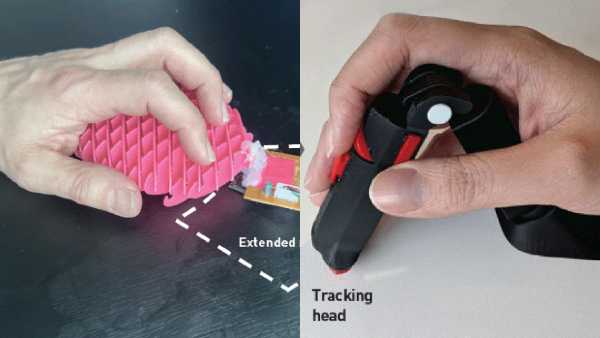
Goodbye, computer mouse? Scientists say new, innovative designs can reduce the risk of wrist injuries.
Live Science magazine is part of Future US Inc., an international media group and leading digital publisher. Visit our corporate website.
- About Us
- Contact Future experts
- Terms and Conditions
- Privacy Policy
- Cookie Policy
- Accessibility Statement
- Advertise with us
- Web notifications
- Career
- Editorial standards
- How to present history to us
© Future US, Inc. Full 7th Floor, 130 West 42nd Street, New York, NY 10036.
var dfp_config = { “site_platform”: “vanilla”, “keywords”: “type-news-daily,serversidehawk,videoarticle,van-enable-adviser-
Sourse: www.livescience.com



